Still Life Work Flow and Example
This page is designed as a supplement to lectures. It is not intended to be a stand alone tutorial.
Preparing Sketches
This project requires working primarily from objects that you have access to. Working physically with objects is many times much faster than than working digitally. Also, having access to the objects will help in modeling and texturing. As you work on possible still-lifes, keep in mind:
- you will be working with these objects for 4-6 weeks. Make sure you can live with them for awhile.
- you will have to model and texture them (so seek a variety and a few challenges, but nothing TOO hard)
- most importantly, a goal is to present a clear unique glimpse of an individual through an arrangement of objects
For the work-in-progress presentation where you will present 3 sketches, you will have to photograph an arrangement (Cell Phone cameras are acceptable in a pinch). You do NOT have to put down a white cloth. It was just fast for me to drape this white sheet over the clutter on my desk, than to clean it up! It does, however, really help in letting you see your objects clearly.
I started off thinking that since I was currently very involved in Mexican cooking, that I would do a still-life related to that. In my imagination all the utensils, foods, etc would be fun to model and work with. However, once starting to lay things out, I lost interest immediately. Had I not done this physical setup, I think I would still be modeling (unhappily) kitchen utensils. However, the little statue that a friend made for me and sits in the kitchen began to attract my attention more fully. |
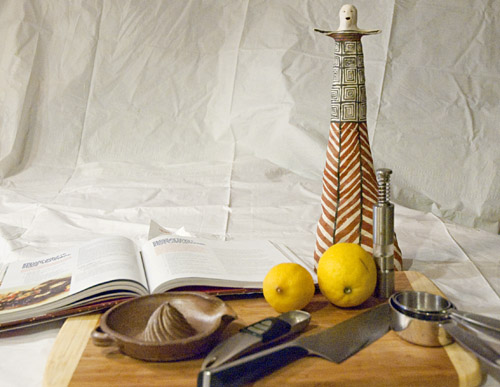 |
| So, I went around the house and found Central American and colorful hand-made art objects. This was much more interesting, but I wasn't sure how it was going to come together. It certainly would be more fun to model and texture, but what was the whole thing about? | 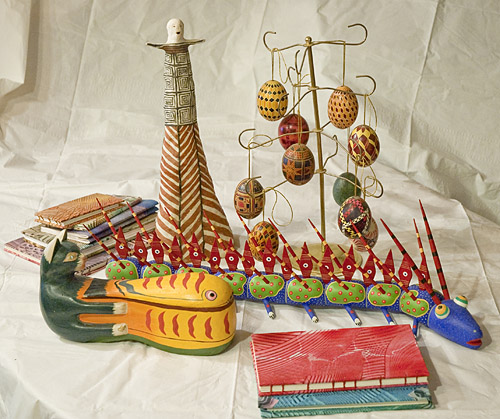 |
| So, I latched on the "Egg Tree" of hand decorated eggs that my wife, Emily, does in the Ukrainian style. In my mind, at least, things had come together. Lots of objects dirty with use and fun to re-create. It was a small private quiet work-area where she sits in the winter and draws on eggs. Colorfu, detailed, and with lots of textures. It would be fun to light. | 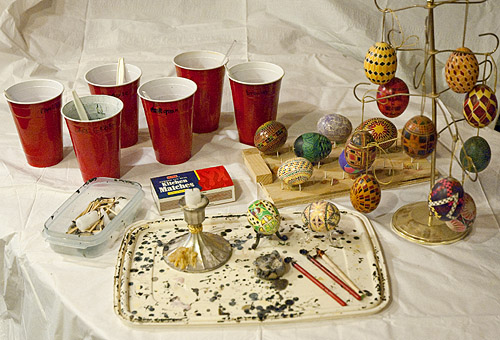 |
A quick close-up just to see how things might look.
So I went with this. |
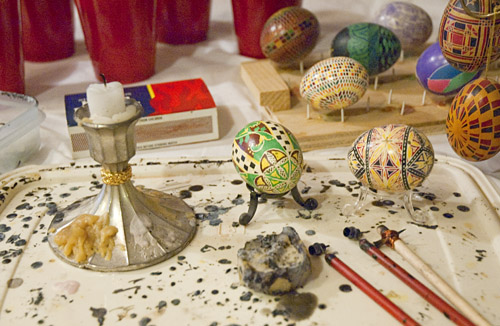 |
Continuing to Photograph for Modeling Sheets and Textures
At this point, working with a low quality camera is going to give you problems - especially if you need to photograph the objects to get some texture information. In the following example I used both a digital camera and a scanner to prepare the objects for modeling sheets and texturing.
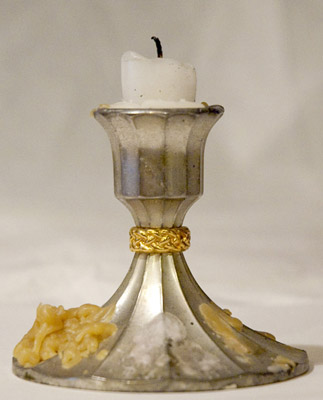 |
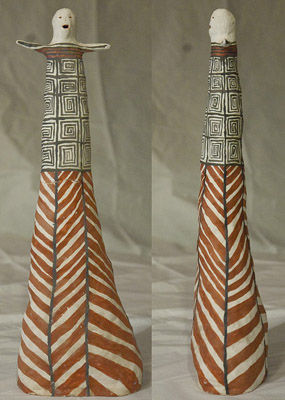 |
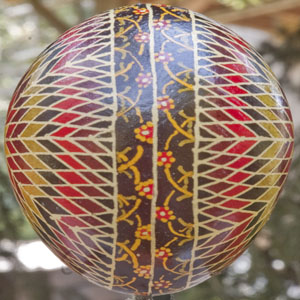 |
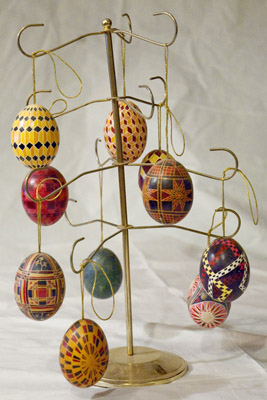 |
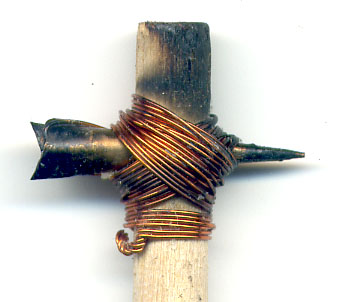 |
 |
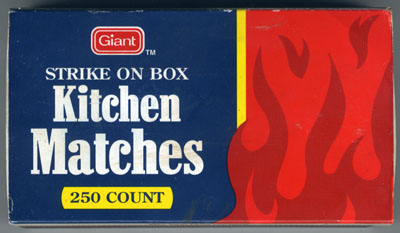 |
 |
 |
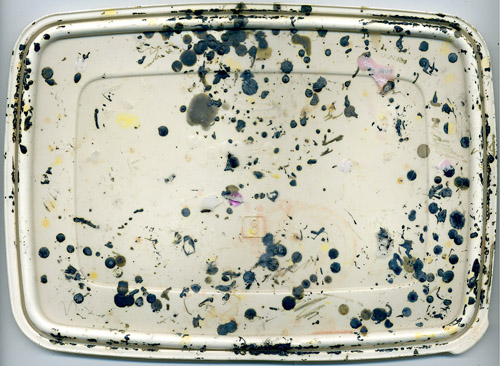 |
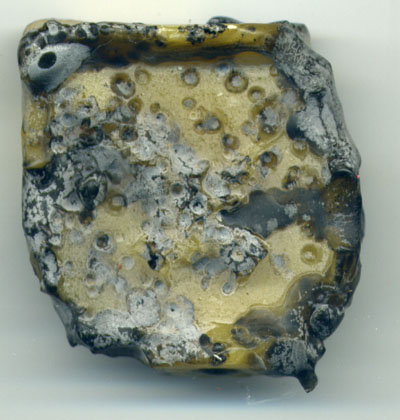 |
UMBC Department of Visual Arts, Advanced Maya Courses, Dan Bailey